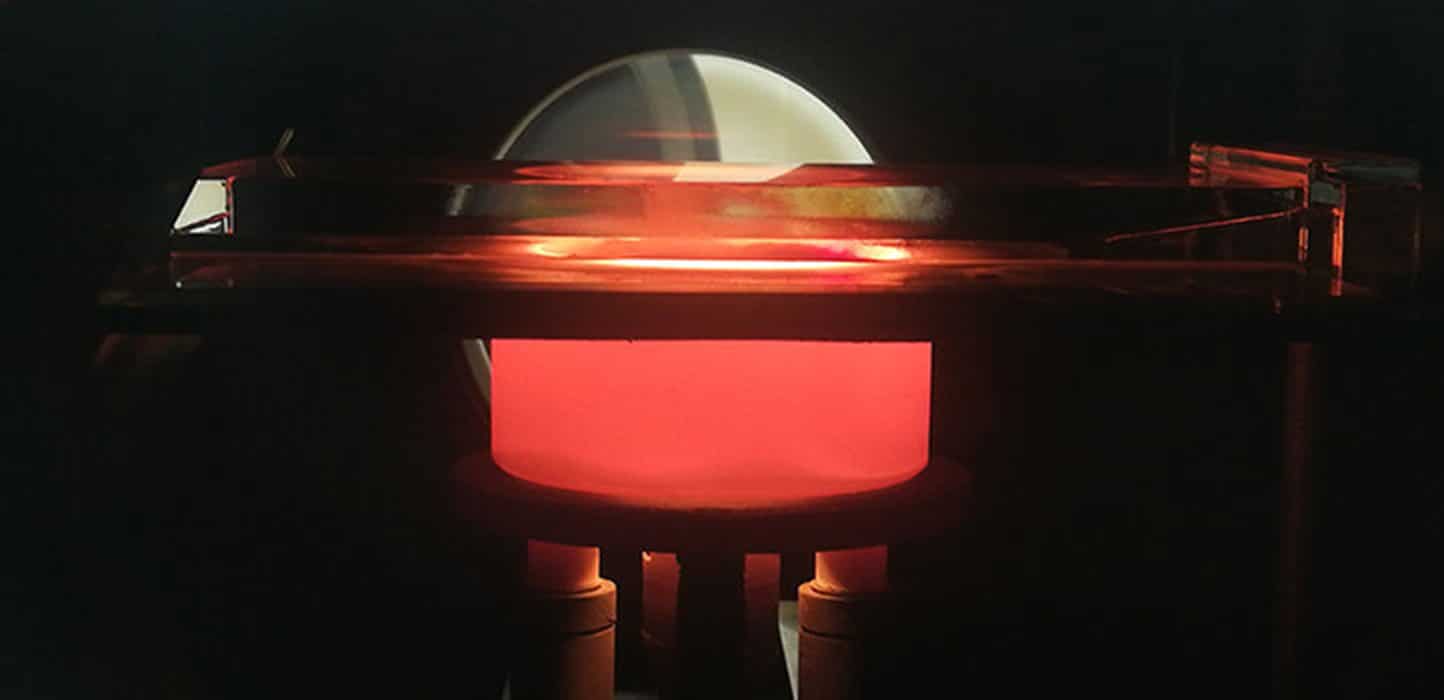Pure red LEDs are essential for building the next generation of energy-efficient micro-LED displays to follow OLED displays and for creating lighting with color tuning.
Creating pure red LEDs from nitride crystals is a challenging task for engineers. Now, for the first time, a team of electrical engineers at KAUST has made pure red LEDs from nitride crystals.
The best candidates for generating LEDs with colors (red, green, and blue) are a family of compounds called nitride semiconductors. These are crystals containing nitrogen that, in theory, can be used to create LEDs that produce light with wavelengths between ultraviolet and infrared, which includes the entire visible spectrum.
Usually, Gallium nitrade has been used to create LEDs with colors blue and green. But, it is challenging to make bright red LEDs with this crystal.

Now, scientists have found a way to create LEDs with pure red color, by creating a reactor with extra indium vapor above the crystal’s surface, a process known as a metalorganic vapor-phase deposition. This added pressure prevents the indium in the crystal from escaping.
Research head, Kazuhiro Ohkawa, said, “This gives us a higher indium concentration at the surface. That’s our secret!”
But, there was a hurdle as well. Indium is made of larger atoms than gallium, so when it is introduced, it creates defects in the crystal, degrading the quality of output light.
Scientists created a trick on this. They added aluminum with small atoms to reduce the strain on the crystal, resulting in fewer crystal defects.
Ohkawa said, “Another advantage is that the LEDs operate at about half the voltage of its competitors. This will give you a longer lifetime for batteries.”
Daisuke Iida, an electrical engineer at KAUST assisted Ohkawa in this study.
Journal Reference:
- Daisuke Iida, Demonstration of low forward voltage InGaN-based red LEDs. DOI: 10.35848/1882-0786/ab7168
